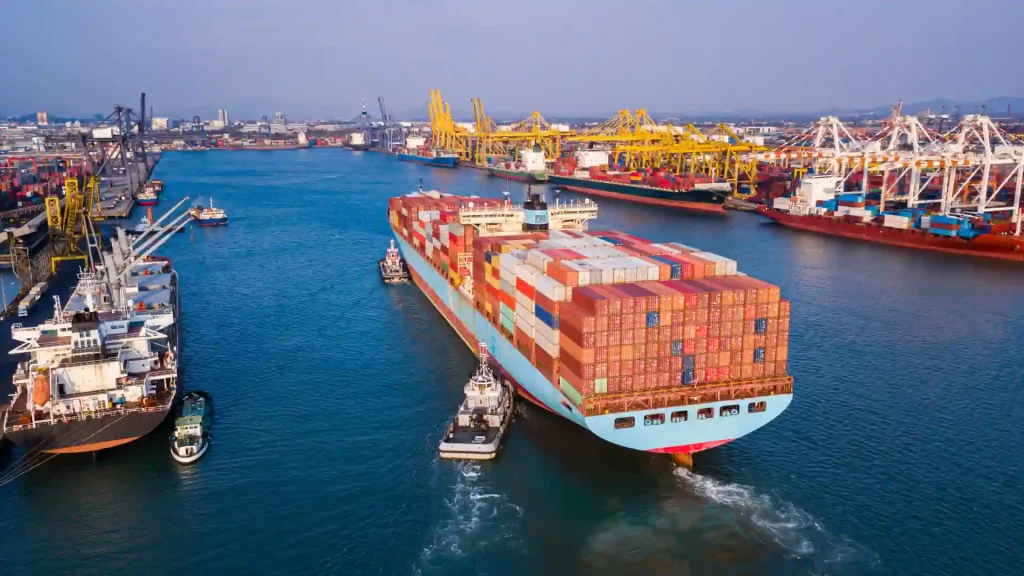As the shadow of war, economic disruption, social instability, and state failure looms dark over large portions of the world, there seems to be a bright spot in one of the world’s most war-torn regions. On February 26, a container ship carrying commercial cargo entered Hodeida Port for the first time since 2016.
While the ship’s cargo will still have to be vetted by officials from UNVIM (United Nations Verification and Inspection Mechanism for Yemen) to ensure that it does not contain illegal contraband such as arms, ammunition, or drugs, it is still a big stride forward towards normalization in a region which sorely needs it.
This is the first time the UNVIM has allowed regular commercial cargo, replacing the earlier policy of only allowing selected items such as fuel and foodstuffs. According to a Yemeni official, this change in policy is part of a trust-building exercise that the United Nations hopes will help rekindle truce talks. While the UN did broker an earlier truce, it has since expired, and fighting has resumed. Hodeida is the main port controlled by the Houthi rebels, and all previous shipments were routed from the government-controlled Aden Port, which massively drove up costs and corruption. It is hoped that the resumption of shipping from Hodeida will ease the situation of the millions of refugees in the region.
The Yemeni Civil War has raged since 2014 between the government and the Houthi rebels. It is widely recognized as a proxy war between Saudi Arabia, which backs the government, and Iran, which backs the Houthis, as part of their region-wide struggle for primacy. The Iranians have provided political, economic, intelligence, and military support to the Houthis, most notoriously in the form of attack drones. The impetus for Iran is the common Shia Islamic religion between them and the Houthis, as well as a desire to strategically encircle and hamstring the Saudis. Just recently, the United States Navy intercepted a shipment of arms heading to the Houthis, which the Iranians have denied.
Meanwhile, Saudi Arabia has led a coalition of 8 Arab states in a largely unsuccessful airstrike campaign supporting the government. The United States has also provided aid to Saudi Arabia in the form of arms sales, intelligence, and drone strikes, citing the presence of Al-Qaeda operatives in the region as its rationale. While the arms sales were frozen by President Joe Biden, intelligence support continues.
There is also a third side in the form of the Southern separatist movement, which is supported by the United Arab Emirates and splintered from the anti-Houthi faction. However, the bulk of the fighting continues to be between the Houthis and the Rashad Al-Alimi government.
The war has killed around 400,000 people from violence, famine, and epidemics and has displaced at least 4 million. It is estimated that around 80% of Yemen’s 30 million population needs urgent assistance, making it one of the largest humanitarian crises in the world. Thus, this step by the UNVIM is being hailed as a vital step towards restoring peace and saving millions from hunger, disease, and war. While Sunday’s ship, the Ethiopian-flagged SHEBELLE, is the first, Reuters has reported three more in line. Hopefully, many more will follow.
